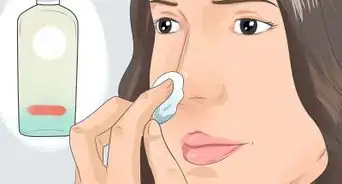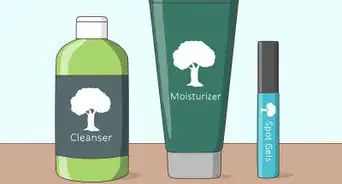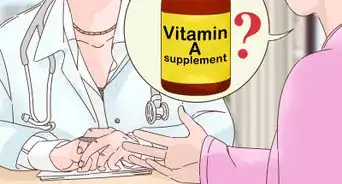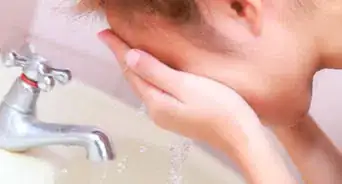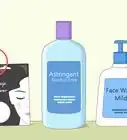This article was co-authored by Chloe Goldman. Dr. Chloe Goldman, MD is a Dermatologist based in Miami, Florida, who currently works at Baumann Cosmetic & Research Institute and Upper East Side Dermatology. She specializes in cosmetic, medical, and surgical dermatology. She earned a Doctor of Medicine from New York University and a BA in Biology, Neurobiology, and Behavior from Cornell University. She completed her dermatology training at University of Miami, where she was awarded the prestigious position of Chief Resident. She has won grants from the American Skin Foundation and the Melanoma Research Foundation.
There are 7 references cited in this article, which can be found at the bottom of the page.
wikiHow marks an article as reader-approved once it receives enough positive feedback. This article has 42 testimonials from our readers, earning it our reader-approved status.
This article has been viewed 3,166,758 times.
If you're struggling with a breakout, you might feel embarrassed or frustrated. Whether you've tried other pimple remedies without success or you're looking for a quick solution you can try at home, applying toothpaste to your pimple might help it heal faster. However, before trying toothpaste, you might want to try some other acne-fighting techniques that don't dry out your face, like applying sea salt or crushed aspirin.
Steps
Choosing Toothpaste
-
1Go for white-colored toothpaste. When choosing a toothpaste for acne treatment, go for an all-white version, not a toothpaste with red, blue or green stripes. This is because the ingredients which help to dry out pimples - such as baking soda, hydrogen peroxide and triclosan - are contained in the white part of the toothpaste, while the colored sections may contain ingredients which will irritate the skin.[1]
-
2Avoid teeth-whitening toothpastes. Whitening toothpastes contain bleaching agents (for making teeth whiter) which may actually bleach or burn the skin, causing patchiness. This is particularly true for people with darker skin tones - as the extra melanin in the skin makes it more reactive, and therefore more prone to marks and blemishes. People with fair skin may be less affected by such ingredients, however it is better to avoid whitening toothpaste regardless.[2]
-
3Steer clear of gel toothpastes. Gel-type toothpastes have a different formulation than actual "paste" toothpastes, and so may be lacking the active ingredients necessary to effectively dry out pimples. Avoid using, as it will not do your skin any good.
-
4Choose a toothpaste with a lower fluoride content. Fluoride is added to over 95% of toothpastes in the U.S. as it helps to remove dental plaque and prevent gum disease.[3] However, many people actually suffer from a mild topical allergy to fluoride, and it may cause dermatitis (a skin rash) if it comes in contact with the skin. For this reason, it is best to find a toothpaste with as low a fluoride content as possible (or fluoride-free, if you can find it) to minimize the risk of skin irritation.[4]
-
5Go organic. Organic toothpastes are probably your best option when it comes to treating pimples. They contain no fluoride (unless it's naturally derived) and no nasty growth hormones, pesticides or other chemicals. On the other hand, they still contain the ingredients necessary for drying out pimples - such as baking soda and tea tree oil - with the addition of natural soothing and anti-bacterial substances like aloe, myrrh and eucalyptus oil.
Application
-
1Wash your face. As with any spot treatment, it is important to apply the toothpaste to clean, dry skin. This ensures that there is no dirt or excess oil on the skin that may limit the effectiveness of the treatment. Wash your face well with warm water and your favorite cleanser, then pat dry to lock in moisture.
-
2Squeeze a little toothpaste onto your finger. Squeeze a little toothpaste onto your index finger or the back of your hand. A pea-sized amount should be enough, depending on the number of pimples you're treating.
-
3Apply a small amount of toothpaste directly onto the pimple. You will only need to apply a very small amount of toothpaste to the pimple for the treatment to be effective. Just make sure that you apply the toothpaste directly onto the pimple itself, not on the surrounding skin.
- Toothpaste should never be spread all over the skin or used as a face mask. This is because the toothpaste works by drying out the skin, which can cause redness, irritation and peeling if applied anywhere but the pimple itself.[5]
-
4Leave the toothpaste on for two hours or overnight. Leave the toothpaste to dry on the skin anywhere from two hours or overnight, for best results. However, if you have extremely sensitive skin, it may be best to remove the toothpaste after 15 minutes to half an hour, in order to gauge your skin's reaction. If it seems to be handling the toothpaste okay, you can leave it on for increasingly longer periods.
- Some people advocate placing a band-aid over the pimple to help the toothpaste stay in place. However, this is not advisable, as it may cause the toothpaste to spread on the surrounding skin, leading to irritation, while also preventing the skin from breathing.
-
5Gently wash off. You can wash off the toothpaste with a damp washcloth, using small, circular motions. Make sure to do this very gently, as rubbing too hard might irritate or damage the skin. When all the toothpaste has been removed, splash your face with some warm water and pat dry with your hands or a clean, soft towel. You may want to apply a soothing moisturizer if your skin feels very tight and dry.
-
6Repeat no more than four times a week. As mentioned before, toothpaste may be irritating, especially if you have sensitive skin, so this is not a treatment you should be using multiple times a day, or more than four times a week. After applying the treatment once a day, 2-3 days in a row, you may notice an improvement in the size and color of the pimple. From that point on, you should allow the pimple to heal on its own.
Alternatives
-
1Be aware that toothpaste is not a dermatologist-approved acne treatment. Although using toothpaste as a quick-fix for pimples is a popular home remedy that's been around for years, there are very few dermatologists, if any, who would recommend it as a treatment. This is because toothpaste can be very drying on the skin, causing redness, irritation and sometimes even burns.
- Regular toothpaste also contains none of the antibacterial ingredients that make over-the-counter creams more effective in treating and preventing pimples.[6]
- For this reason, toothpaste should only be used as an emergency treatment for pimples, and you should stop using it immediately if your skin is reacting badly. There are many other spot treatments you can try, as safer, more effective alternatives to toothpaste.
-
2Try benzoyl peroxide. Benzoyl peroxide is a great topical acne treatment that fights blackheads, whiteheads and larger pimples. It works by killing bacteria in the pores, preventing acne from forming in the first place. Though effective, benzoyl peroxide can cause the skin to become dry and peel, so it should be used sparingly. Benzoyl peroxide is available over-the counter, in creams, lotions, gels, medicated pads and cleansers.[7]
-
3Give salicylic acid a try. Salicylic acid is another effective over-the-counter acne treatment. It works by reducing inflammation and redness, while also exfoliating the skin. Unlike most acne treatments, salicylic acid actually helps to soothe and calm the skin, making it a good choice for sensitive skin-types. Salicylic acid is available in varying strengths and in many different forms, so ask your pharmacist or dermatologist about which type is best for you.[8]
-
4Use sulfur. Sulfur is an excellent pimple-buster for those with sensitive skin. It is extremely gentle, but also very effective at drying out pimples. It does this by drawing oil out of blocked pores and regulating sebum production. The only downside is that pure sulfur smells like rotten eggs, so you may need to use it in combination with another product in order to mask the smell.[9]
-
5Try tea tree oil. Tea tree oil is a pleasant-smelling, natural remedy for acne. It is an effective antiseptic, which helps to reduce the size of existing pimples, while also helping to prevent future breakouts. As it is an oil, tea tree will not strip skin of its natural moisture, making it a good option for those with very dry skin. Tea tree oil should be applied directly onto pimples, using a q-tip. [10]
-
6Apply crushed-up aspirin. The official name for aspirin is acetylsalicylic acid, which is closely related to salicylic acid, mentioned above. Aspirin is a powerful anti-inflammatory, making it an effective treatment for reducing the size and redness of pimples. You can either crush one or two aspirin and mix with a little water to form a paste, which you can apply directly to the pimples, or you can dissolve 5-8 tablets in a few drops of water to make a face mask that will reduce redness and leave skin glowing.[11]
-
7Use baking soda. Baking soda is one of the best and safest home remedies for acne treatment. It contains anti-inflammatory and antiseptic properties, as well as being an effective exfoliant. Simply mix a teaspoon of baking powder with a little water to form a paste. You can then apply the paste to individual pimples as a spot treatment, or apply it all over the face as a mask.[12]
-
8See a dermatologist. Finding an acne treatment that works for you can be a process of trial and error, but if you continue to suffer from breakouts, you should consider seeing a dermatologist who can provide stronger prescription topical and oral acne medications. Getting rid of pimples once and for all will give you a major confidence boost and allow you to feel proud of your skin!
Warnings
- If your skin has any reaction to the toothpaste, stop using it right away, as overuse can burn the skin.⧼thumbs_response⧽
Expert Interview

Thanks for reading our article! If you'd like to learn more about removing pimples, check out our in-depth interview with Chloe Goldman.
References
- ↑ 4.04.14.2http://www.huffingtonpost.com/2012/10/23/toothpaste-pimples-acne-dry-out_n_1994320.html
- ↑ https://deliver.glamour.com/story/putting-toothpaste-on-a-pimple
- ↑ http://www.fluoridealert.org/issues/dental-products/toothpastes/
- ↑ http://www.healthcentral.com/skin-care/c/38641/20622/work-pimples/
- ↑ http://www.webmd.com/drugs/drug-1344-Benzoyl+Peroxide+Top.aspx?drugid=1344&drugname=Benzoyl+Peroxide+Top
- ↑ http://www.teenvogue.com/beauty/skin-care/2012-12/salicylic-acid-versus-benzoyl-peroxide
- ↑ https://www.realsimple.com/beauty-fashion/skincare/skincare-face/ways-to-treat-acne
- ↑ http://www.realsimple.com/beauty-fashion/skincare/face/ways-to-treat-acne-00000000038296/index.html
- ↑ http://www.skinacea.com/acne/acne-treatment-aspirin.html
About This Article
Before you apply toothpaste onto a pimple, you should wash your face with a gentle cleanser and warm water, then pat your skin dry. Then, apply a very small amount of toothpaste directly onto the pimple. Leave the toothpaste in place for at least 2 hours, or let the toothpaste stay on overnight for extra drying. When you’re ready to remove the toothpaste, use a damp washcloth. Keep reading for tips on how to choose the right toothpaste!


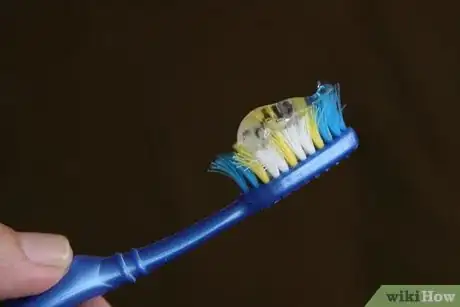
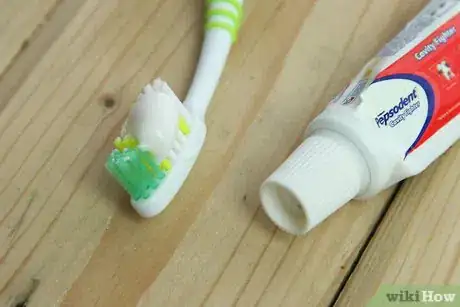
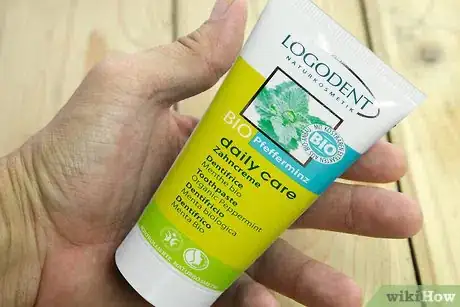
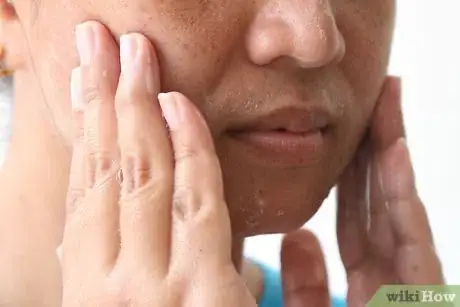
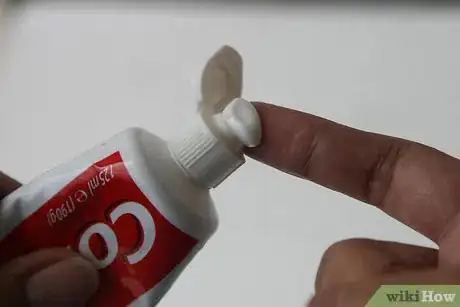
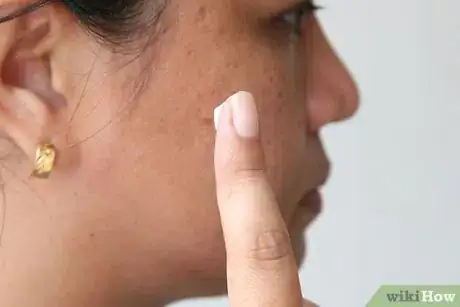

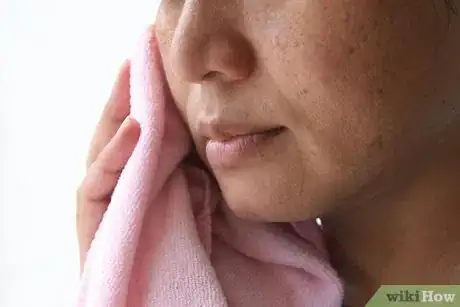
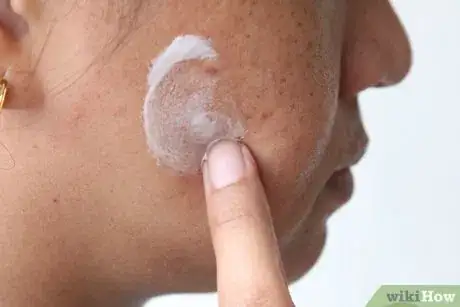
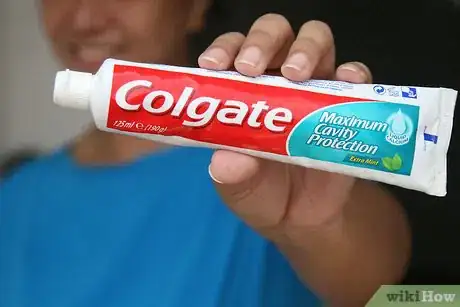
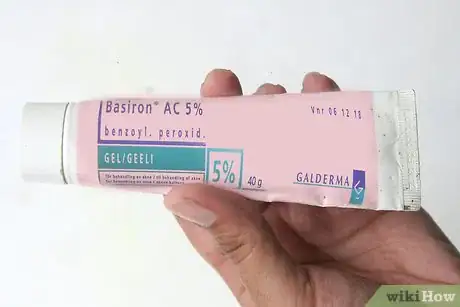
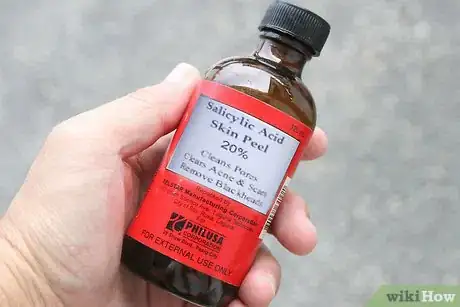

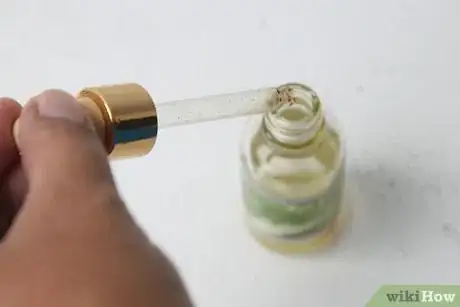
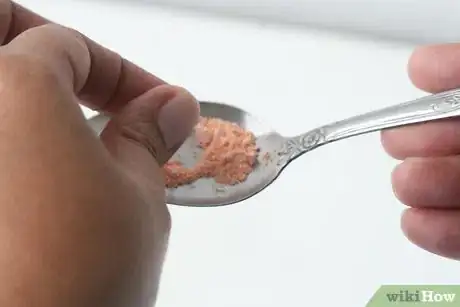
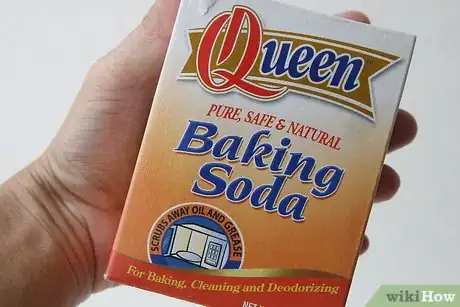
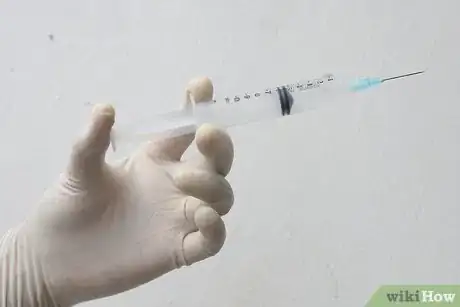
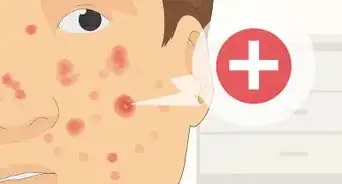




-Step-8-Version-2.webp)


